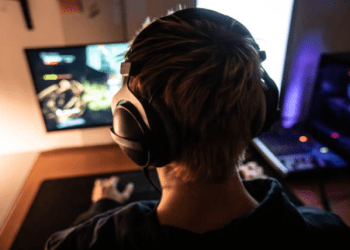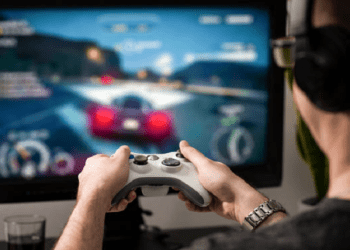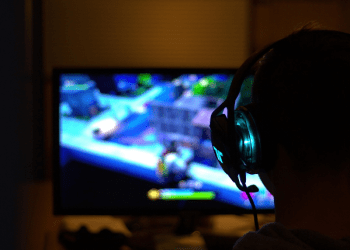Your decision of a football team shouldn’t be based on their best players, winning ability, or anything else. Supporting a football team reveals your passionate nature that has developed strong feelings for the management style, game performance, hometown, general culture, and team. Slot88 lets you make money and forecast sports outcomes. Playing Pgslot.in
gacor games is a good option if you want to quickly make money.
Here today are several of Manchester United supporters. Just why? Under Alex Ferguson’s direction, Manchester United—whose red logo represents the soldiers on the squad, their achievements, and their legacy—looked up to the whole world.
As such, fans of the most well-known team in the world at the time began to grow everywhere. After that, it’s as if a domino effect: every former Manchester United supporter starts supporting the same team. History and legacy act in such ways. Still, I wonder why the current Manchester United fan base is so poisonous; maybe this is a subject for another day.
Most modern Indian supporters of contemporary days choose Real Madrid, Barcelona, or Manchester United. The performance of Messi and Ronaldo is the only factors influencing 90% of people in favour of them. Stated otherwise. After both of them departed their respective teams, the fan base dropped somewhat but perceptibly.
It is unclear why more Indians show less enthusiasm for other La Liga or Ligue 1 teams. All the matches in these competitions happen early in the morning; only the Premier League offers schedules that would be convenient for Indian fans. Generally speaking, Indians seldom pay attention to major events and hardly follow little teams—including those in the lowest half of the league. Little teams in India hence get quite little fan support. To show your allegiance to a club, I think it starts with yourself. At least you could match one of their team colors: red, blue, white, or yellow. Perhaps everyone finds a certain hue pleasing.
With this is my story: Fourteen years ago, I began playing football. People around me were ardent Arsenal, Chelsea, and Manchester United followers; I envied them for whatever reason—probably connected to their older brother—or simply because I wanted to be a fan myself. Though I have always seen myself as a blue blood, I have never really identified with any one club—not even Chelsea or Manchester City.
I wanted to be different, so even six years later I hadn’t committed to a team. By then, however, I would watch any game—including ones in the lowest tier or set for middle-of-night. As they always appeared to fit my schedule, I watched every Premier League game.
In Brighton Graham Potter was on his way. I thought this may be my team as I could relate to the kind of football he played. But I didn’t look for another group only to prove my desire to stand out and express my own point of view. Never was my aim to be the resident Gautam Gambhir of the gang. But I started following Brighton, registered on the fan sites, and began tweeting inside the Brighton groups. People and culture were my fave elements. Researching allowed me to understand the city.
Like Palamos in Barcelona, Lonavala, near the city yet still seems like a weekend trip, is my favorite Indian place. I so began to see Brighton as Mumbai’s equal of Lonavala for London. I sensed something.
Being in India helped me to see the need of a strong grassroots structure and the importance of giving young players opportunities, hence I began watching the owner of the club and became captivated with Brighton’s young development system. Seeing their competitiveness with Crystal Palace, I really enjoyed the atmosphere. At that I realized I was a seagull. From then on, I became zealous in my support of the team and dream of seeing them play against the Eagles at the Amex.










